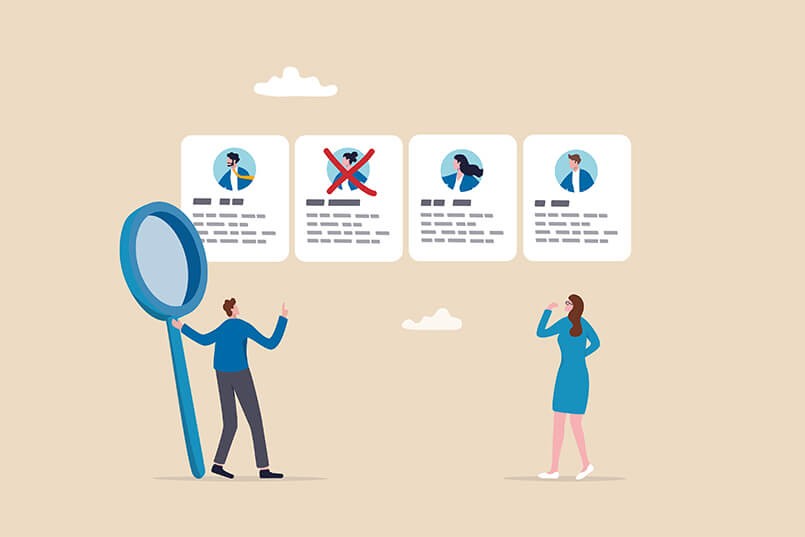The grass is always greener.
Sometimes, if you read the marketing trade press, it seems that everyone in marketing is able to work unchallenged to champion their great cause on behalf of their fantastically co-operative business.
Of course, those of us who spend any time working with marketers or in marketing know that it is not usually the case. Rare are the occasions where marketers have control of even more than one of the traditional 4 Ps of marketing.
So it’s important that marketers don’t just crusade for the expanded role of marketing within an organisation, but also that they focus on how to work with the reality of marketing – for instance, in a successful company culture led by sales, product or finance, and where the marketing function is decentralised.
How do we make things work better for marketing within that context?
For the purposes of this post, I’ll focus on the three quickest wins that we see here at TrinityP3 – a common campaign development process, a tailored roster model and a simplified cost structure.
Facilitating a common campaign development process
In TrinityP3’s experience, where marketing is decentralised and working across multiple business units, varied stakeholder groups and a fragmented roster, then there are usually as many different processes as there are marketers and stakeholders working in the organisation. And even when there is an official ‘process’ written down and filed somewhere, there will be so many exceptions and individual work-arounds as to make it almost irrelevant.
This makes it very difficult for any single agency to work across more than one part of the business and in more than one communications discipline. This means there is no economy of scale for any partner agency – and that’s a problem because it tends to discourage the agencies that are capable of taking a discipline-centric, enterprise-wide view (in social media or data analysis for instance) from getting involved. The organisation misses out.
It also makes it very hard to attract, retain and appraise a high-performing marketing team. After all, if everyone is doing their own thing, then who is to say what’s right or wrong, or what’s good or bad?
The solution is deceptively simple – construct a draft campaign development process, then facilitate a set of agreed terms of engagement for every marketer, stakeholder and agency with – and this is critical – a clear set of expectations for every party at every stage.
Active participation and buy-in from the marketers doing the job is the key to this. It usually takes three to four weeks to implement – we did it for a tertiary education organisation earlier this year in less time, and a large construction company in rather more. And the benefits are huge.
Tailoring the external supplier roster model
Once you have established and agreed a uniform campaign development process, you are able to embark on the second stage – developing a better roster model.
One of our recent challenges was helping a large, multi-brand organisation to engage enterprise-wide agency partners in suitable disciplines – for instance in channel planning, search, data analytics and sponsorship – while retaining the brand-focussed strategic and creative agency partnerships that had been so important in building the business to date. The baby/bathwater metaphor came up a few times, as you’d imagine it would.
As channels proliferate and specialist agencies grow in number, a decentralised marketing team needs to engage enterprise-wide agency partnerships in as many disciplines as possible – or else deal with an agency roster that can quickly exceed 70 or 80 agencies on even a moderate spend.
Many communications disciplines are not brand-specific or unique to a business unit, and are all the more effective for being implemented across the entire spend of the organisation. Economies of scale wherever possible lead to deeper-thinking, better-funded, more committed agency partners.
Again, when you do it all the time, developing a tailored roster model is not a daunting task. Unpicking an over-sized roster, ensuring the right skills and history are retained, and realising the scale advantages where they are possible can be completed in around eight to ten weeks.
Simplifying the marketing cost structure.
Going back and forth with budgets, scopes, estimates and overspends is one of the great bores of marketer-agency life. In a decentralised marketing structure, where the right hand knows far less of what the left hand is up to, there is even greater scope for misunderstanding, overcharging, undercutting, over-running and underpayment. And stakeholders focus on this stuff relentlessly.
Moving from an input-based cost model (where the cost of an initiative is determined by the head hours and resource employed to create and execute it) to an output-based model (where cost is determined by the business benefit of the initiative) can be one of the most liberating changes a decentralised marketing organisation can make.
And it’s worth noting – it is liberating for both marketer and agency partner alike. Where we have introduced this model in Australia (it is commonplace in the US and increasingly normal in Europe), the result has been a far greater focus on effectiveness and ROI for the marketer, and a far more predictable revenue and profit picture for the agency.
It also doesn’t take long to do. We can normally complete the process within eight weeks, and often quicker than that if the data is readily available.
So there we have it – three ways in which a decentralised marketing organisation can deliver better work, and in relatively short order too.
Quick wins, if you like.
Because as we all know, when the grass seems greener on the other side of the fence, a quick bit of turf on your side can work wonders.
Share some of the challenges you are facing as we love the hear what is happening and can share some solutions we have found that work, or contact us here for more information.


